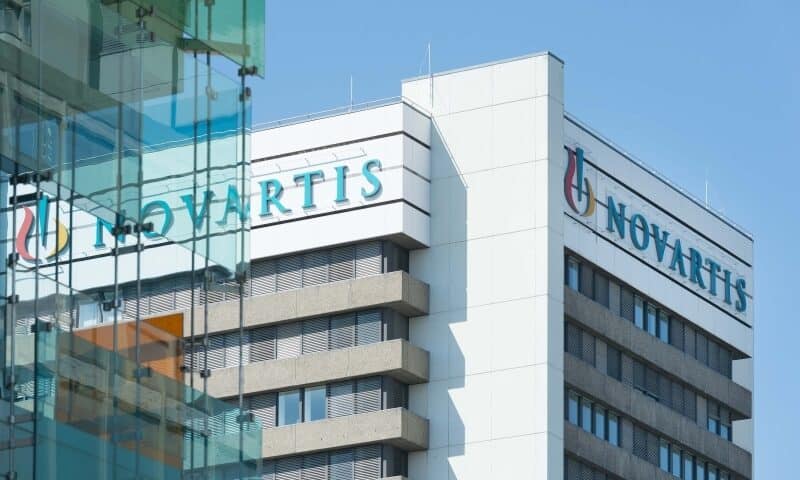After bagging a Novartis R&D exec earlier this year and three drug programs in 2018, Boston Pharmaceuticals is back at the Swiss major’s front door, nabbing an unwanted fatty liver drug.
Nonalcoholic steatohepatitis (NASH) has been nothing short of a rocky development path, tripping up contenders and sometimes opening large caverns below. Size and legacy doesn’t matter here, and so many have gone wayward. The likes of GenFit, Intercept and Gilead, three of the bigger and once leading names in the NASH race, have either dropped out or majorly stumbled in recent years.
In a nutshell, NASH is caused by a buildup of fat in the liver through obesity (and is also linked to higher risk with Type 2 diabetes), and goes one stage further than nonalcoholic fatty liver disease (NAFLD), when the liver becomes more damaged.
The liver is a pretty resilient organ and is able to clear this fat; but, if it never gets a break and has to continually over many years keep clearing it, this can lead to fibrosis, or scarring, and inflammation that can eventually lead to cirrhosis, liver failure or cancer.
Until a late stage, when treatments are unlikely to help, it’s a silent disease, making diagnosis difficult. The current methods of diagnosing NASH, which often include a massive needle in the abdomen or other techniques that can yield inaccurate results, add another layer of difficulty.
The market for successful NASH drugs could yield tens of billions per year, but R&D has been tough, with safety issues and efficacy woes blighting the field. Fundamentally, this is a disease that will not always lead to serious liver damage and can also be treated through consistent diet and exercise—two cheaper and safer options.
Nevertheless, the life science industry believes it can still drive out a market, and Boston becomes the latest to try to get in on the action.
Today, it has licensed (PDF) Novartis’ early-stage NASH candidate, now renamed BOS-580, which works as an FGF21 agonist. There are multiple approaches to clearing fatty livers and reversing NASH, including Intercept’s obeticholic acid, an agonist of the farnesoid X receptor, which is a nuclear receptor.
Genfit’s elafibranor, meanwhile, was a dual PPAR receptor agonist that aimed to modulate targets that play a role in various aspects of metabolic syndrome. It, however, failed and was abandoned, with Intercept also now scrambling to try to convince the FDA its drug can be approved after being spurned this summer.
There are also now earlier RNAi approaches from the likes of Dicerna, or NGM, which designed its drug hopeful to maintain the biological activity of FGF19, which modulates two receptors: FGFR4, a primary regulator of bile acid synthesis in the liver, and FGFR1c, a signaling receptor in metabolic processes in adipose tissue (peripheral fat) that regulates de novo lipogenesis, glucose homeostasis and body weight.
Boston’s new asset follows the same path as South Korea’s Yuhan, which recently tied up with Boehringer Ingelheim in a deal worth up to $870 million, alongside a dual agonist against GLP-1, yet another method thought to help control NASH. Future treatments for the disease will almost certainly be in combo form.
Under the deal, financials of which were not disclosed, Boston will now attempt to take the med into the clinic.
“As a complex disease with many comorbidities, NASH is an important therapeutic target without effective therapies,” said Robert Armstrong, Ph.D., CEO of Boston Pharmaceuticals. “Novartis has designed the BOS-580 product candidate with a differentiated profile. We are very pleased to build on their high-quality research to develop an innovative potential new therapy for NASH patients.”
This is the fourth molecule Boston has licensed from Novartis. In 2018, the company acquired three anti-infective programs from the Novartis Infectious Diseases portfolio for the treatment of antibiotic-resistant infections.
It also in February grabbed as its new chief medical officer Craig Basson, M.D., Ph.D., a former high-ranking and longtime Novartis research executive. Most recently, he was its global head of translational medicine (cardiovascular and metabolism), where he led the team developing new programs to translate basic findings into new drugs.

